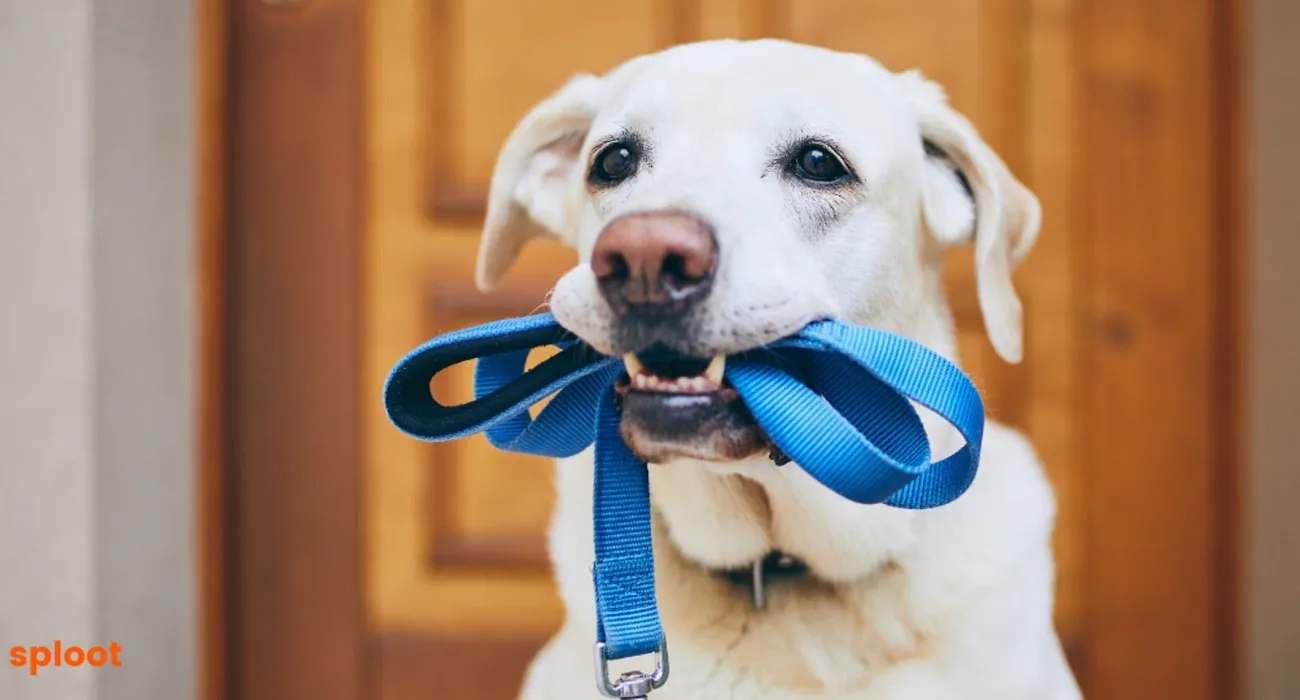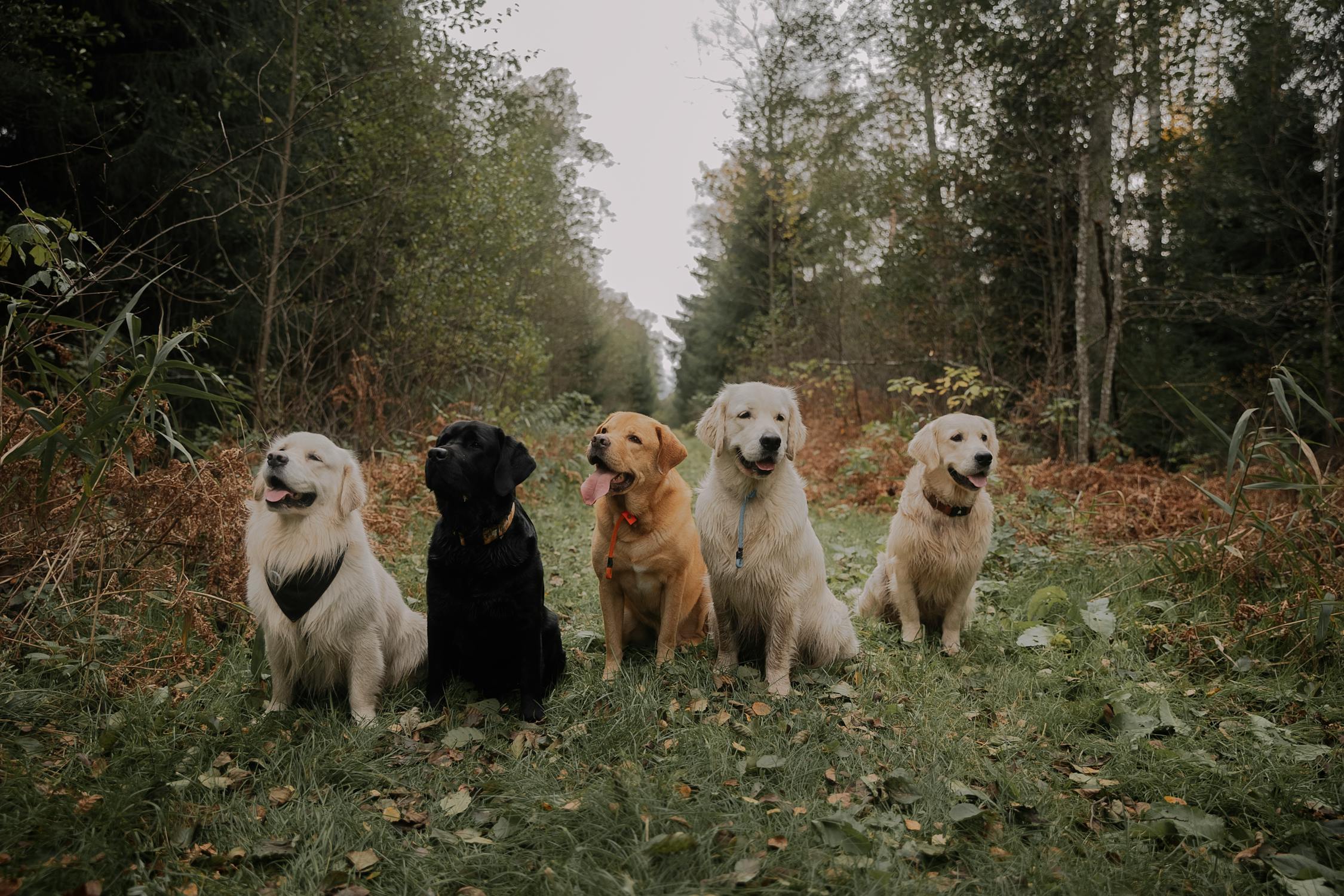Understanding canine behavior during walks is essential for both the well-being of your dog and your overall walking experience. Here's a look at the science behind dog walking and how to interpret and respond to your dog's behavior:
The Walk as a Pack Activity:
Dogs are pack animals, and they see their human companions as part of their pack. During walks, they often view the owner as the leader of the pack. This means that your behavior and actions on walks can influence how your dog behaves.
Sniffing is a Must:
Dogs rely heavily on their sense of smell to interpret the world around them. When they stop to sniff, it's not just about marking territory; it's how they gather information about their environment, including other dogs, animals, and even changes in the weather.
Tail Language:
A dog's tail can tell you a lot about their mood and comfort level during a walk. A relaxed, wagging tail usually indicates a happy and comfortable dog. A tail held high might suggest confidence, while a tucked tail could signal fear or anxiety.
Leash Communication:
The leash can serve as a form of communication between you and your dog. Tension on the leash can be a sign of stress or excitement. A slack leash indicates a more relaxed and comfortable dog.
Social Interactions:
Dogs are social animals, and they may exhibit various behaviors when encountering other dogs during walks. These behaviors can range from friendly and playful to fearful or aggressive. Understanding your dog's body language and reactions can help you navigate these situations safely.
Exercise and Mental Stimulation:
Regular walks provide not only physical exercise but also mental stimulation for dogs. The sights, sounds, and smells they encounter during walks engage their senses and keep their minds active.
Repetition and Routine:
Dogs thrive on routine, so consistent daily walks can help them feel secure and reduce anxiety. Knowing what to expect during a walk, like the route you take and when breaks occur, can provide comfort for your dog.
Stress and Anxiety:
Some dogs may experience stress or anxiety during walks due to various factors, such as unfamiliar environments, loud noises, or encounters with other dogs. Recognizing signs of stress, like excessive panting, whining, or avoidance behaviors, is important for their well-being.
Positive Reinforcement:
Using positive reinforcement techniques, such as treats and praise, can reinforce desired behaviors during walks. Rewarding your dog for walking calmly on a loose leash or responding to commands positively reinforces these behaviors.
Bonding Time:
- Walks are not just for exercise but also an opportunity to strengthen the bond between you and your dog. Positive interactions, play, and companionship during walks can deepen your relationship.
Understanding the science of dog walking and canine behavior can help you become a more effective and empathetic dog owner. Paying attention to your dog's cues, providing mental and physical stimulation, and creating a positive walking experience can contribute to a happier and healthier life for your furry companion.
If you would like to read more such blogs, download the sploot app here - the one stop shop for all things pet parenting.









